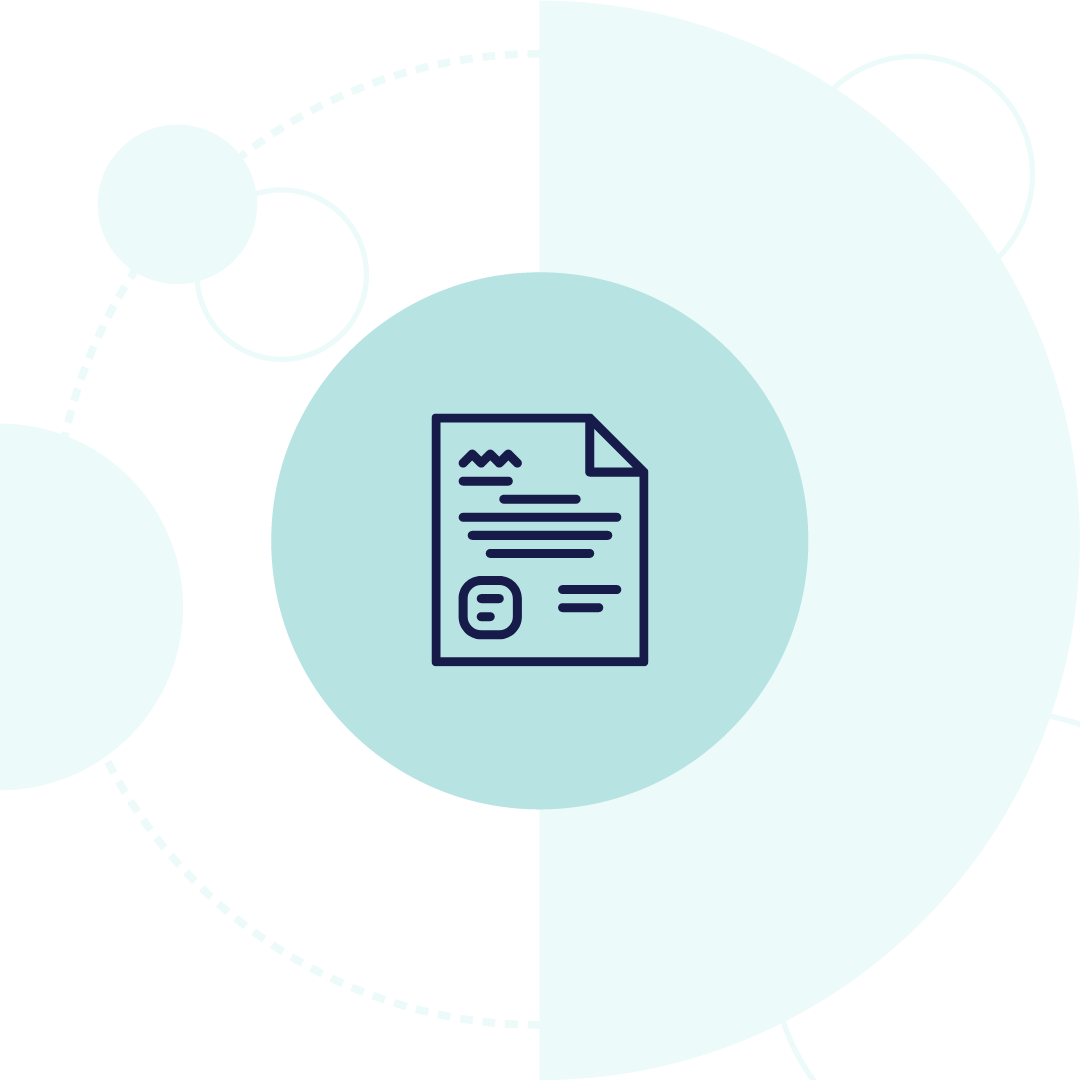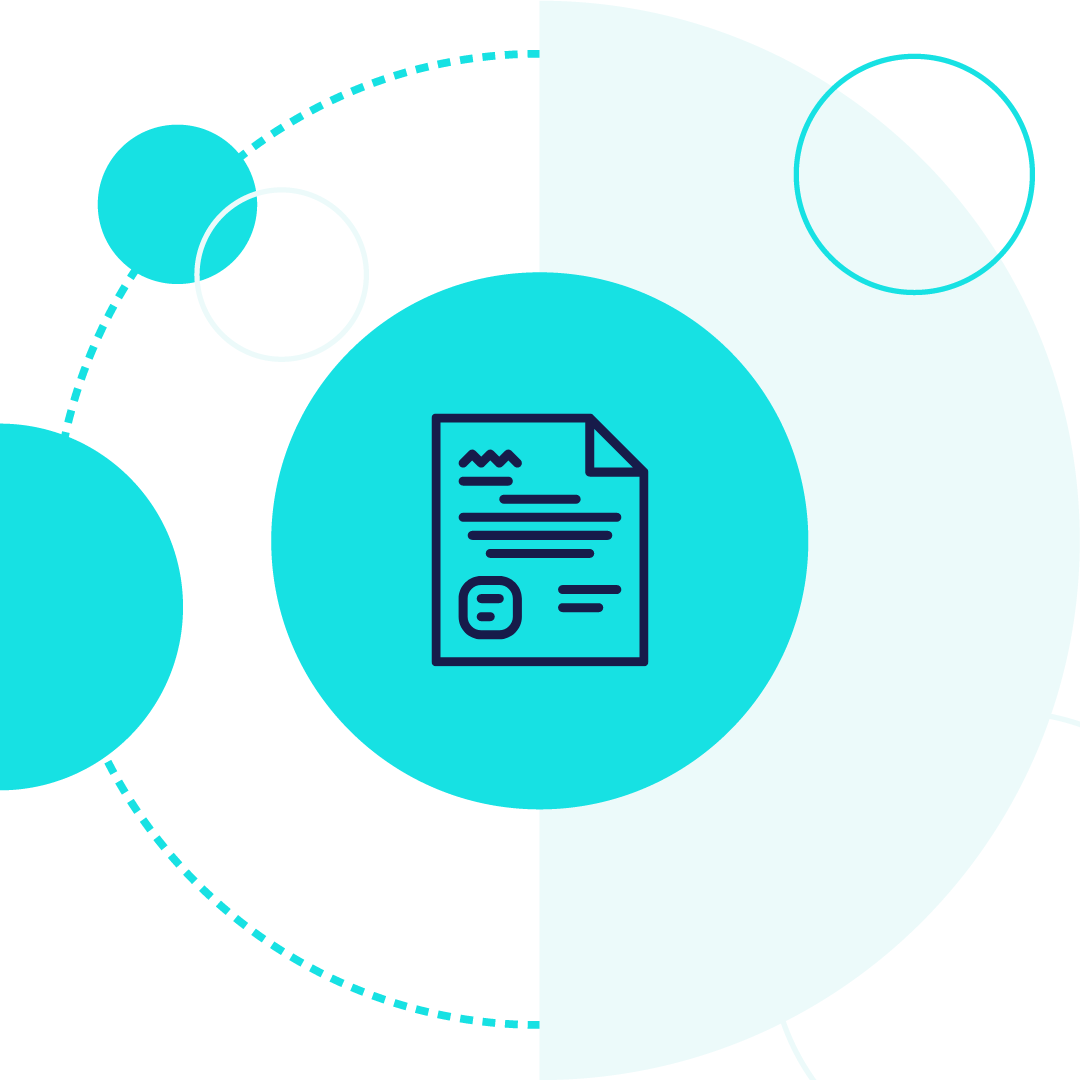Here's our advice for you when it comes to loans, including which to avoid
Taking a student loan to pay for college could be extremely nerve-racking. It’s something you’ve never done before; it may involve a lot of money and take several years of repayment. So, if you have questions, you’re not alone!
Below, you can learn the answers to some of the most commonly asked questions about student loans. If you have a different question, your financial aid office or advisor is a great place to contact for the answer.


Some debt to fund your college education is normal and should be considered an investment in your future earning potential. Here are some tips–


Select federal loans that have the lowest interest rates and best repayment options –
Direct Subsidized Loans (Or Subsidized Stafford Loans) – lowest fixed interest rates that don’t accrue until after a student stops taking college classes and have a grace period before you have to start repaying (usually 6 months after college completion or stop-out).

Some federal loans have fixed interest rates, but begin accruing interest as soon as you receive the money. If it is the only way you can keep your out-of-pocket costs manageable, you might consider this option–
Direct Unsubsidized Loans (or Unsubsidized Stafford Loans) – Fixed interest rate that accrue during and after college. These loans have a grace period before your first payment is due, but interest will accumulate while you are in school and until you pay them off.

Try to avoid loans with the highest interest rates and the worst repayment terms–
Parent Plus Loans have some of the highest fixed interest rates for the life of the loan across the federal loan programs. The grace period is only 60 days before you have to start repaying. Interest accrues during and after college.
Private loans often have high variable interest rates and don’t carry any federal funding. The repayment plans and interest accrual can be quite aggressive. We do not recommend getting private loans.


If you are an undergraduate student, the maximum amount you can borrow each year in Direct Subsidized Loans and Direct Unsubsidized Loans ranges from $5,500 to $12,500 per year, depending on what year you are in school and your dependency status.



Free templates to help you appeal your financial aid
Read More
Learn how to apply for state aid in California if you’re not eligible for FAFSA
Read More
Learn how to view and compare your financial aid award letters
Read More